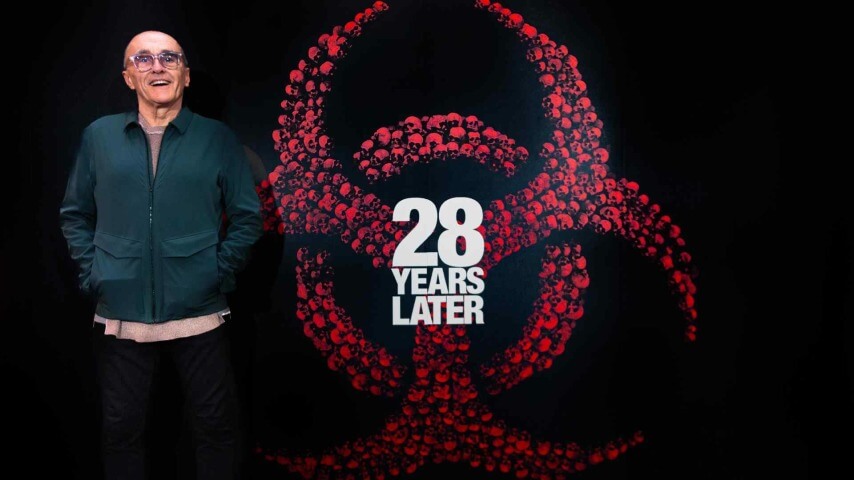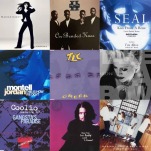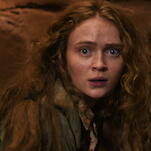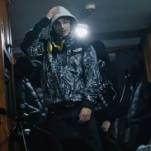How the trailer for 28 Years Later inspired the film's infamous needle drop
Rudyard Kipling's "Boots" didn't march into 28 Years Later until after the trailer was produced.
Photo: Bernard Rosenberg
It took 23 years for 28 Years Later to come to fruition, but one of its most memorable elements only came about thanks to the trailer. Speaking to Variety, director Danny Boyle said the trailer’s Rudyard Kipling needle drop inspired him to use the recording in the finished film’s opening act. A 1915 recording of actor Taylor Holmes passionately reading Kipling’s poem “The Boots,” which portrays the mundane trudge of boys of war, didn’t make its way into the film until Boyle and writer Alex Garland saw the trailer. “We watched the first trailer that Sony sent us—Alex and I remember it vividly—and there was this [recording] on it, and we were like, ‘Fucking hell!’ It was startling in its power.”
Boyle says they had searched “all these archives” to find something to “suggest the culture that the island was teaching its children.” In 28 Years Later, the action is split between the zombie-infested mainland and Lindisfarne, an island off the northeast coast of England, where a small village of survivors has begun regressing into traditional gender roles and an emphasis on violence. “It was very much a regressive thing — they were looking back to a time when England was great.” This opening act evokes this image of England in various ways, including through clips of Laurence Olivier’s Henry V, which Boyle edited into the film. In fact, Boyle had considered using a famed monologue from Henry V before “The Boots” came marching in.”








































